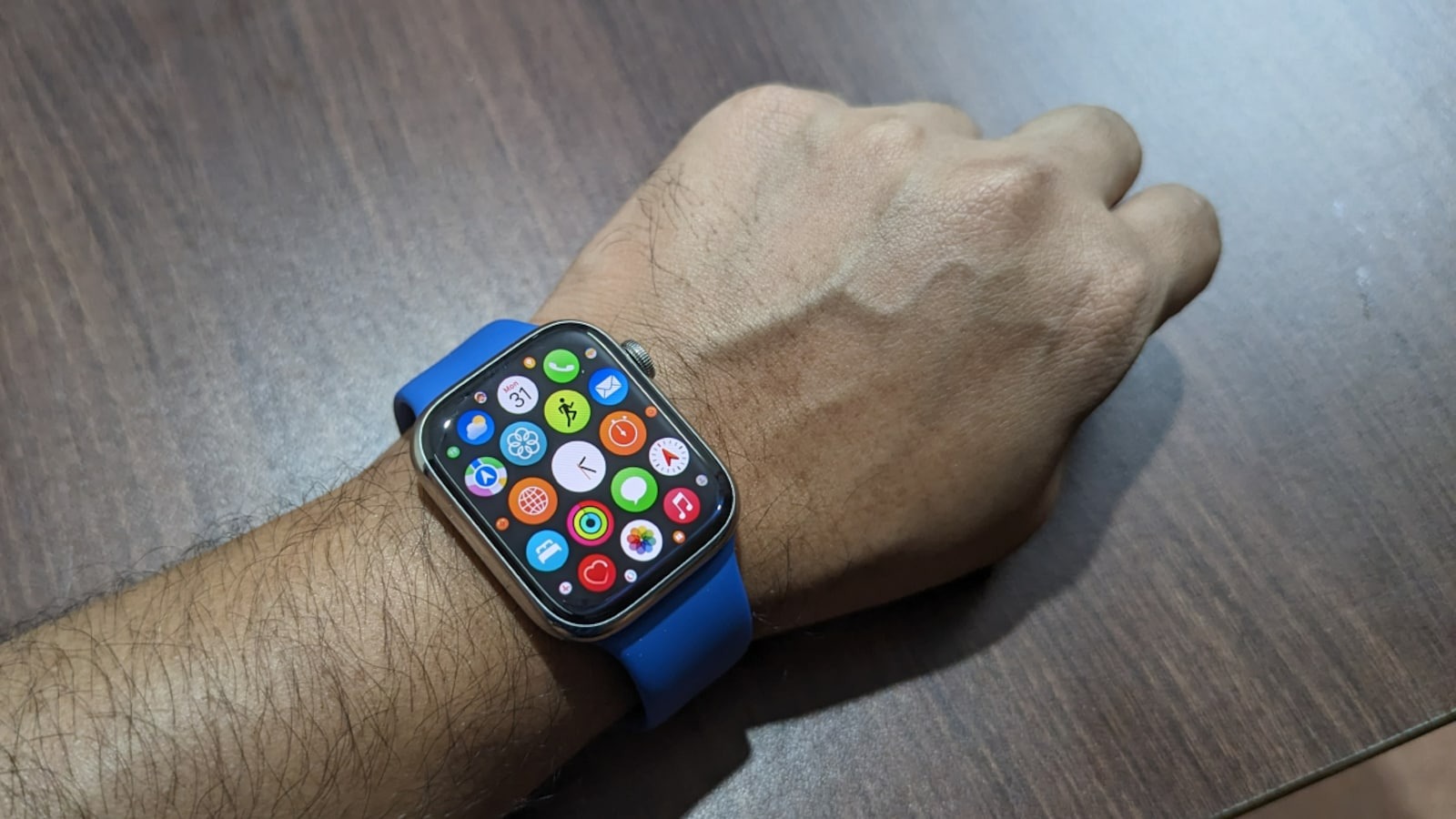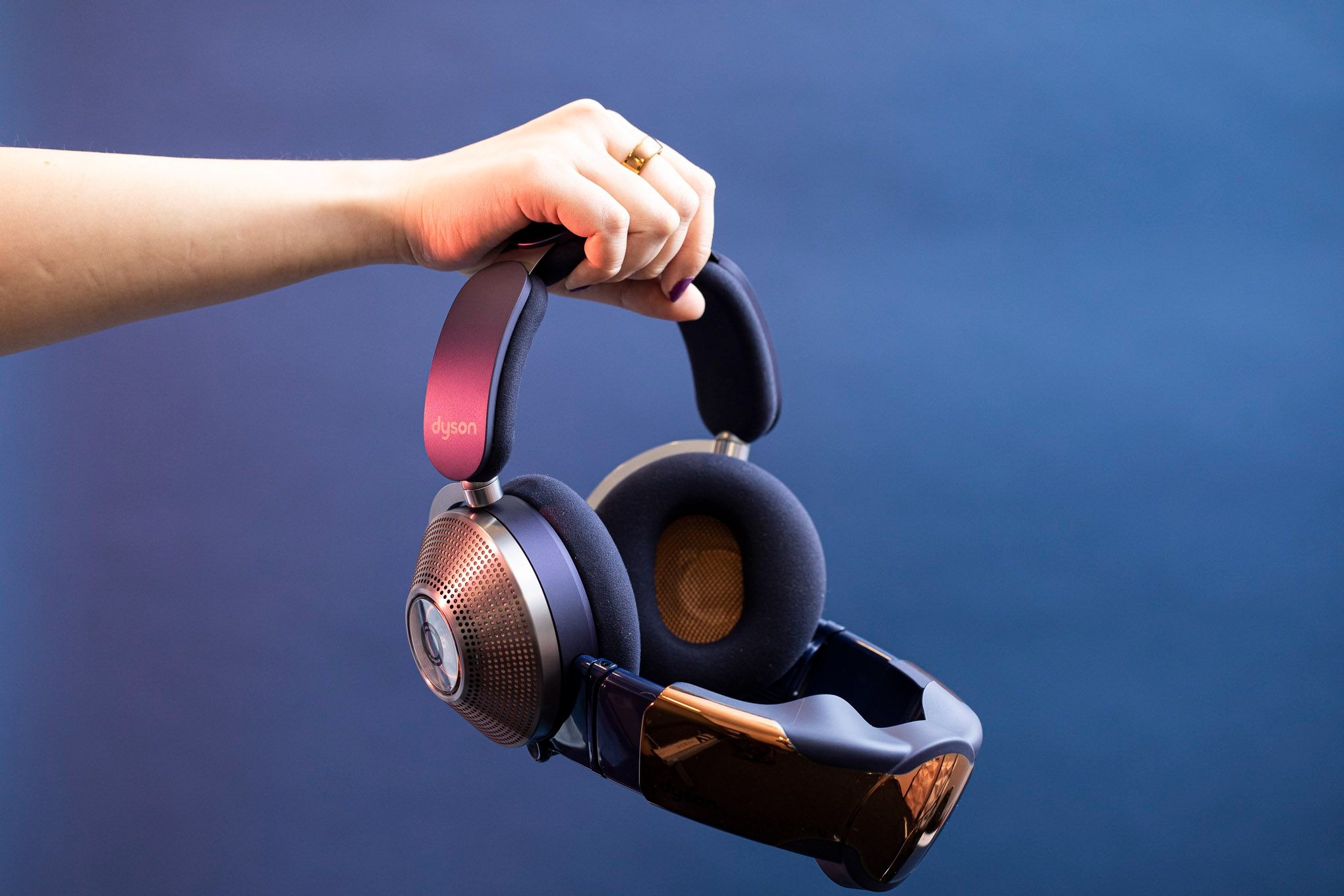The Series 8 is the middle child in Apple’s watch line and, unfortunately, the easiest to miss. With the most important updates being collision detection and a new skin temperature sensor that allows tracking ovulation, the Series 8 feels like a small update of the Series 7 from last year. At 399, it is also facing tougher competition from the Watch SE, whose price has not only dropped to 250 years this year, but also has the same processor as the Series 8, among many other features. And with the upcoming launch of the ultra-high-end watch, it’s hard to imagine anyone getting excited about the Series 8.
However, since most people do not update their smartwatches every year, a generational comparison is not the most useful. By itself, the Series 8 is a great watch, which is a great all-round wearable with great health and fitness tools. I spent about a week testing the Series 8 alongside the Watch SE as well as the Series 7. (Yes, that’s a lot of watches on my wrists. And although I don’t feel ready to make a complete verdict, I can safely say that most people will be satisfied with the Series 8.
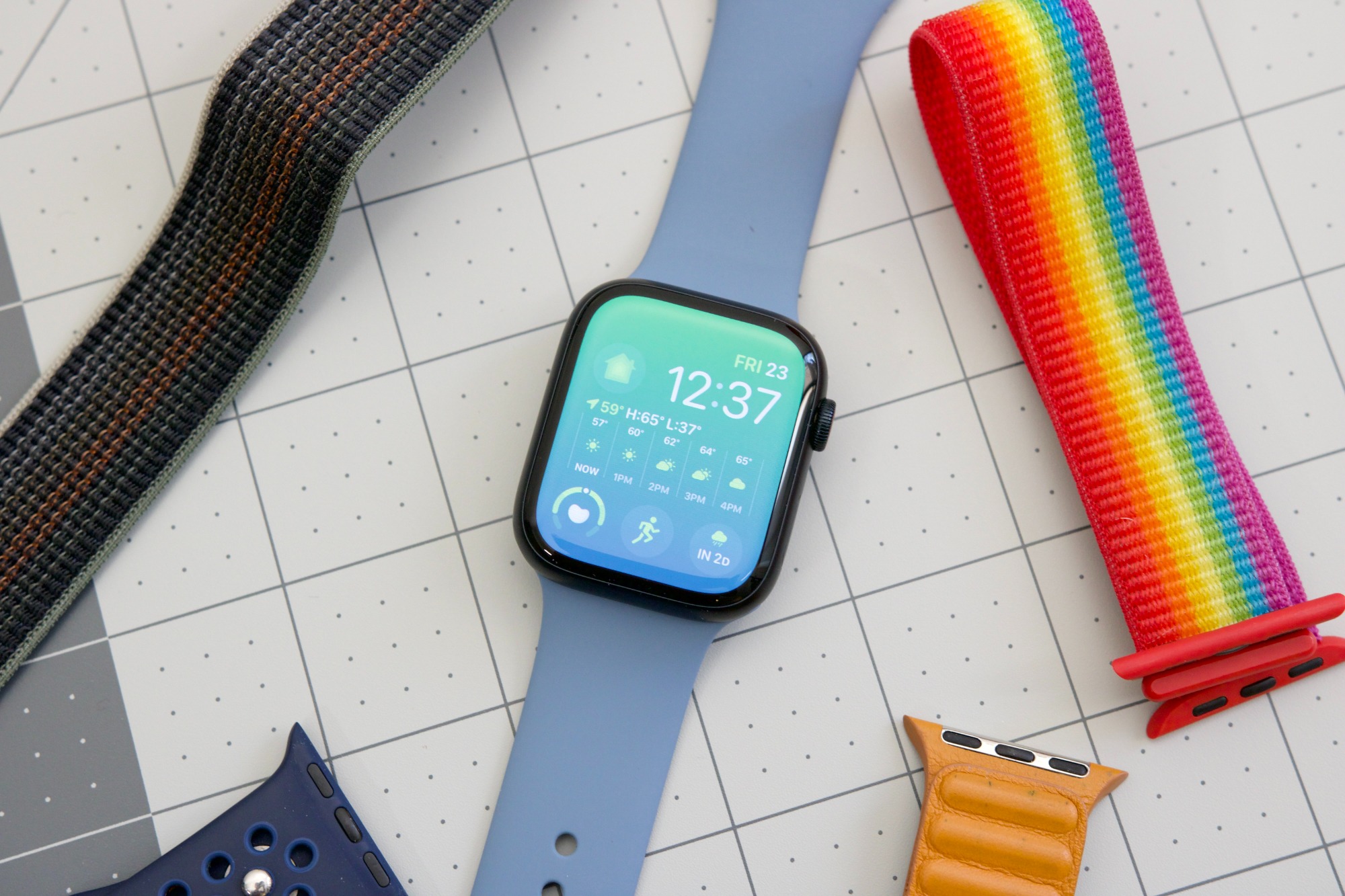
It’s hard for me to really compare the Series 8 with the Series 7, because I received a larger size for testing than usual. The old model in my possession is the 41mm version, while the 8 series I have is the 45mm option. This does not lead to a big difference in functions, but the size deviation has made it difficult to test some functions.
For example, I am already more sensitive than most people when I sleep with a watch on my wrist. The fact that the 45mm Series 8 was larger than my Series 7 meant that I disliked testing sleep tracking even more than usual-so much so that I postponed that part of the review process. Instead, I wore the new 40mm SE watch in bed, which made the experience bearable.
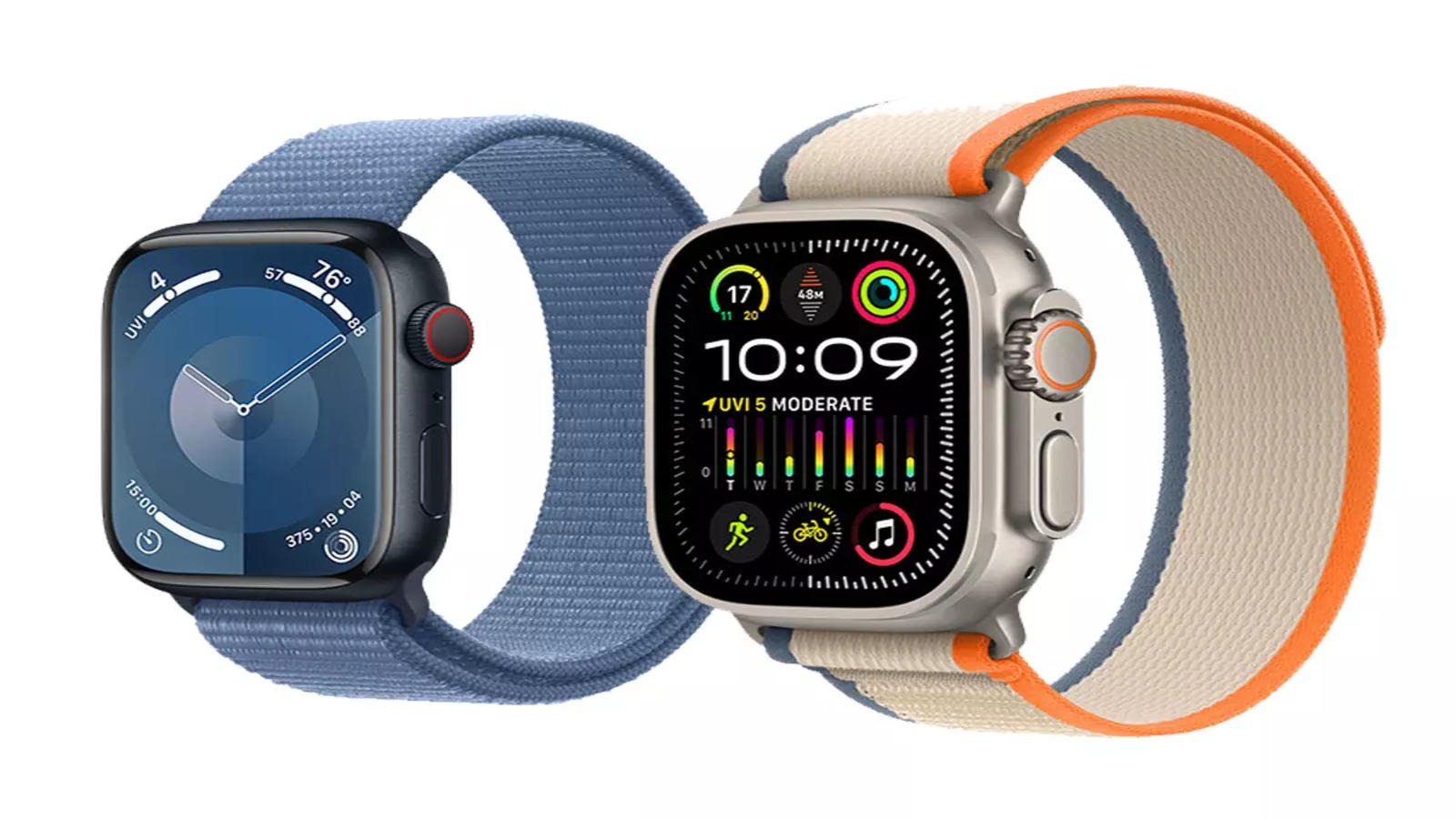
So far, I have worn the Series 8 on a flight with red eyes to see if I would receive temperature readings at that time, but despite the fact that I set up a sleep focus as needed, the watch did not track sleep. I will have to do more tests, but in the middle testing the Watch SE overnight, I can currently only evaluate features like the new skin temperature sensor.
Apple uses the data it collects during sleep to calculator a baseline for your body temperature, and studies deviations over time to determine if and when you are ovulating. Series 8 requires at least five nights of data to determine the baseline, after which more time is needed to evaluate their cycles.
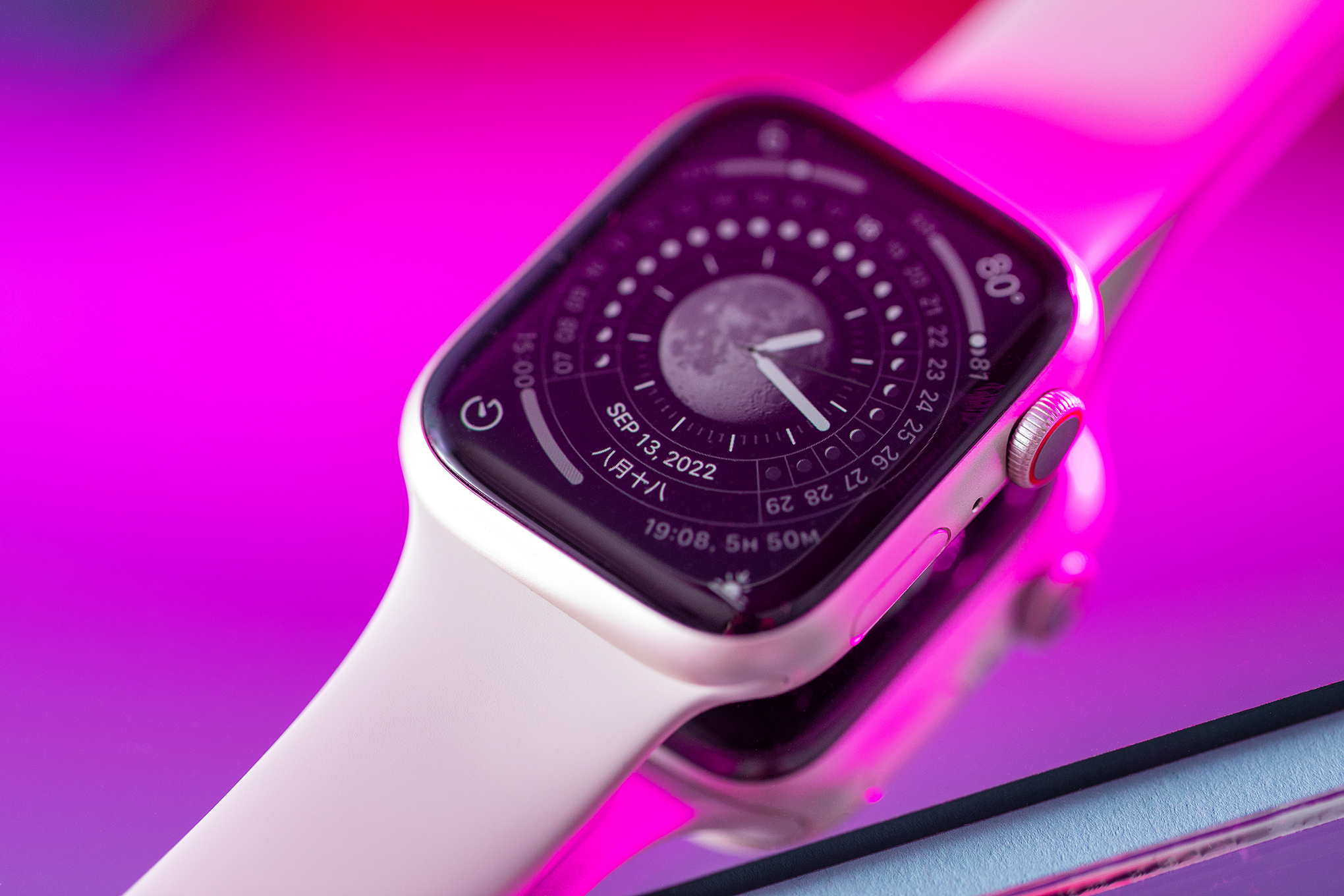
With everything that comes with testing this feature, I have to wait a little longer before I can get a superior idea of how useful it is. I can’t test collision detection for sure either, so I can’t vouch for that either.
However, at the moment, life with Series 8 feels very similar to using Series 7. The new beige Starlight color option is not something I’m happy about, but the watch feels less like a black stone on my wrist.
Although the 8 series uses a newer S8 system-in-package processor, it didn’t feel significantly faster than its predecessor. It generally took a little longer, although I need more time for testing to be sure. I also doubtful that the larger size might have something to do with it. I used the new watchOS 9 power saving mode one morning when the Series 8 battery was reduced to 20 percent and I still had to run to the gym for a workout at 8 o’clock in the morning. He managed to hold out for at least two more hours and at the same time track my performance during the HIIT course. I was impressed by how little I had to sacrifice in exchange for the extra juice.
